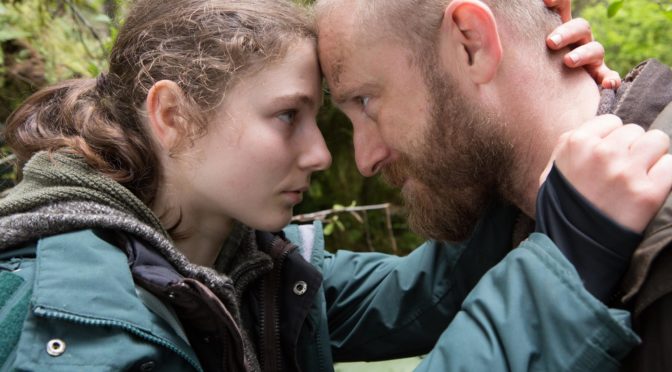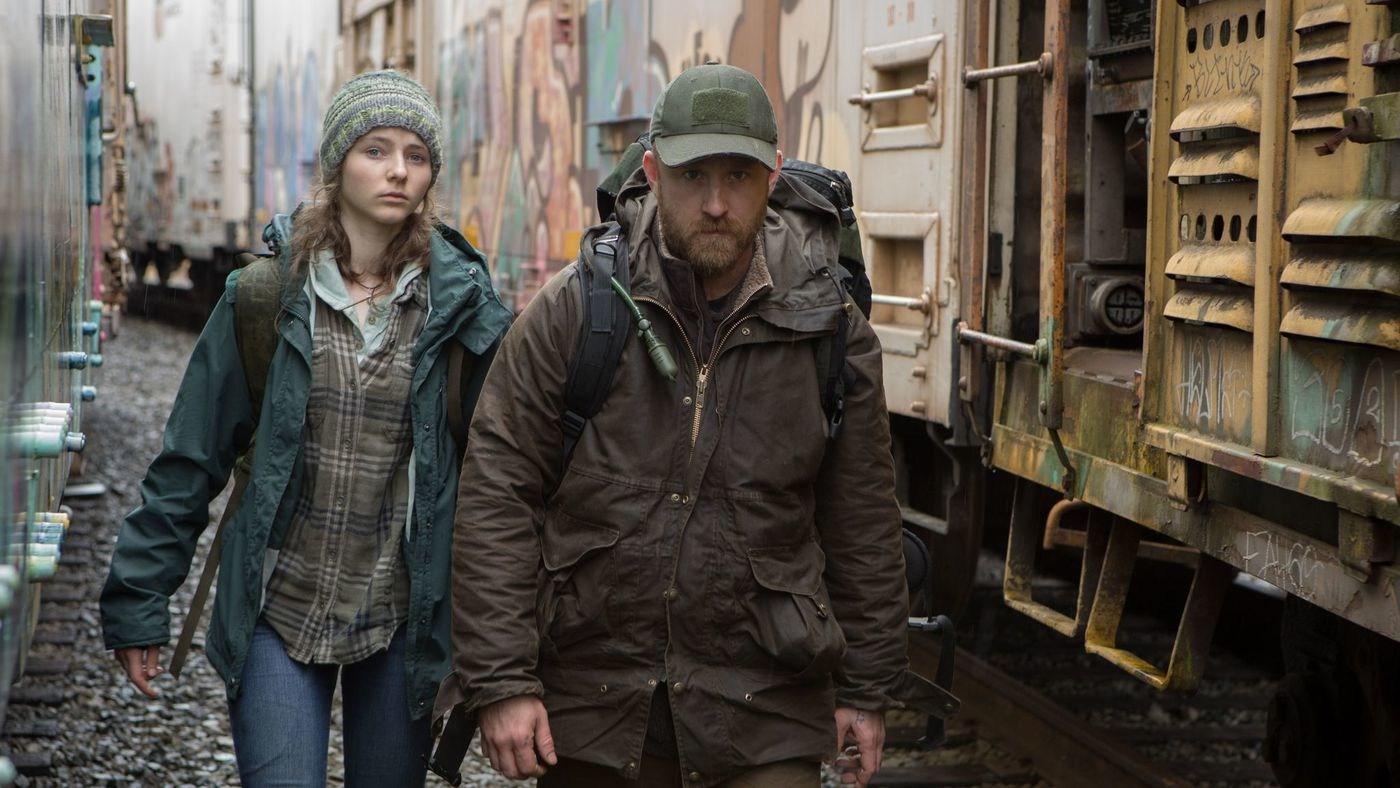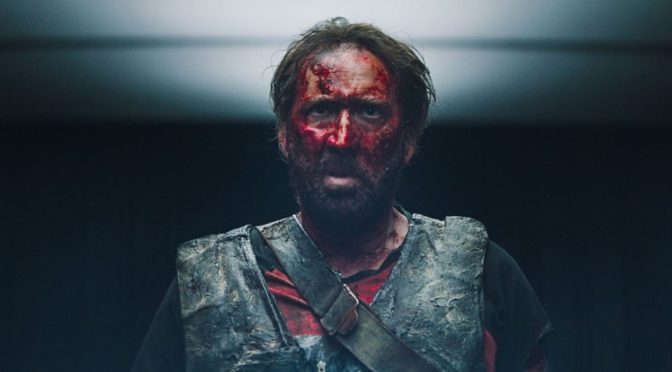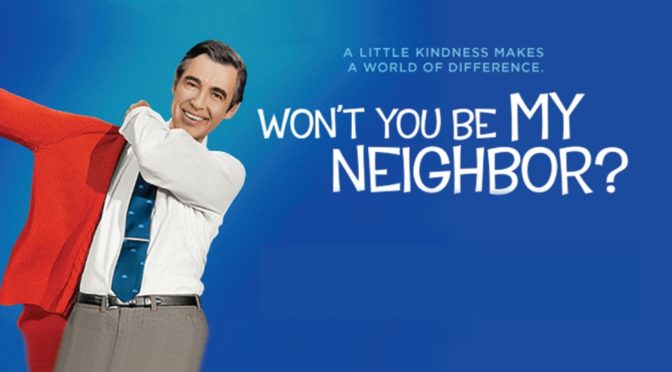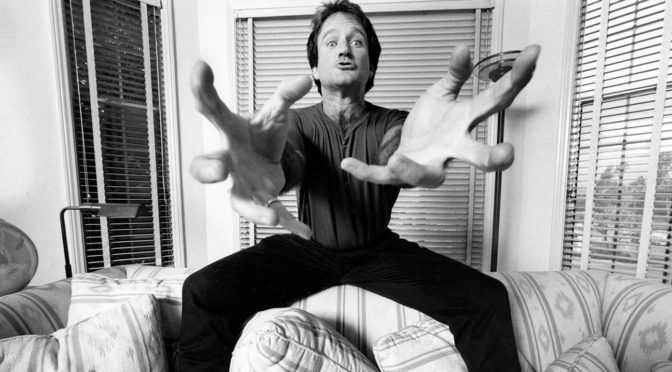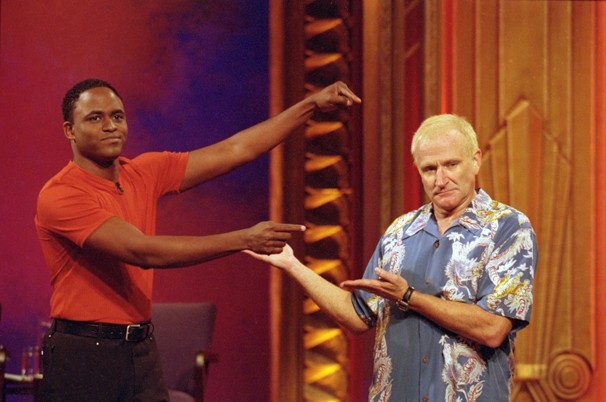A young woman dating a rich gangster, what could go wrong? First time director Isabella Eklöf brings us to the Turkish Rivera where Sascha (Victoria Carmen Sonne), her older boyfriend Michael (Lai Yde), and some of his associates spend their vacation. While Michael is attending to the criminal business that has afforded them their luxurious accommodations, Sascha befriends Thomas (Thijs Römer), a man sailing the Mediterranean by himself. Michael is quickly shown to be violent, abusive, and controlling. He has an explicit code of trust and mercilessly punishes those that breach it. When Sascha needs a break from Michael, she calls Thomas and begins courting him without ever revealing her relationship. This causes major problems when Michael spots her going to visit Thomas.
Eklöf favors clear, bold staging. Most of the film is composed of wide shots in deep focus with each moving character, whether main, supporting, or background, shown in crisp detail. She presents these scenes as if witnessing one story within a larger world. Sascha may be the protagonist, but we are unable to forget that she is just one among the many moving parts of Michael’s gang. Eklöf’s cinematography pulls heavily from the works of similarly unflinching director Ulrich Seidl (Paradise Trilogy). Like Seidl, she refuses to turn away from any of the film’s explicit violence. Her camera remains fixed, forcing the audience to witness whatever may be on screen and realize that it is not happening in isolation, that the world is still going on around it even as these vile acts occur.

There is a famous line from a Jean-Luc Godard movie that goes “Every cut is a lie” and Eklöf operates from the same school of thinking. She shoots conversations with both characters in frame to remove the need for crosscutting and creates moments of uneasy voyeurism. Suddenly, the film is no longer a directed experience. It is up to the audience to decide where to focus their gaze and, willingly or not, partake in the story. To put the effect in context, when I left the theater I saw a TV screen with a news channel playing and asked myself “Why isn’t this in Danish?”. Eklöf’s style forces viewers to merge into the world of the characters and the deliberate editing prevents us from clashing with the artifice of cinema.
As explicit as the actions on screen may be, Holiday’s true controversy from will come from its murky morality. When there are acts of abuse in film, the characters are immediately divided into victims (good) and abusers (bad), but Eklöf doesn’t conform to this standard. While Sascha remains a victim, her abuse propagates through her in unexpected ways and there is more to her than the seemingly childish behavior she initially displays. She is not the cowering captive we would presume and her abrupt actions lead us to question, even retract, the sympathy she has earned, despite her suffering. This is the rarely explored and deeply uncomfortable area Eklöf is interested in. She has created Holiday to show the corrupting nature of violence and the unwanted complications it brings to our simple conceptions of morality.

4/5 stars.

